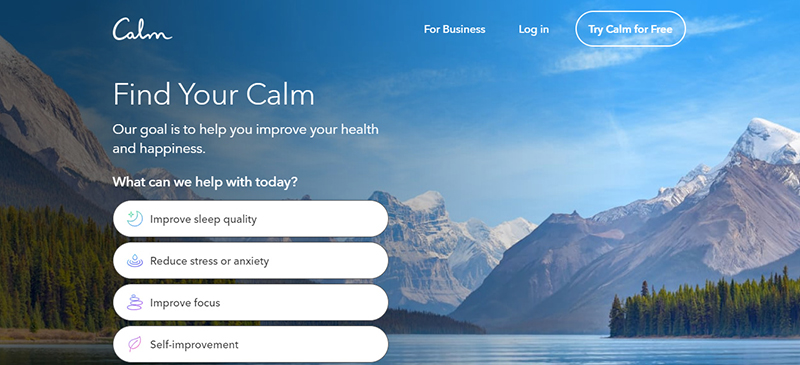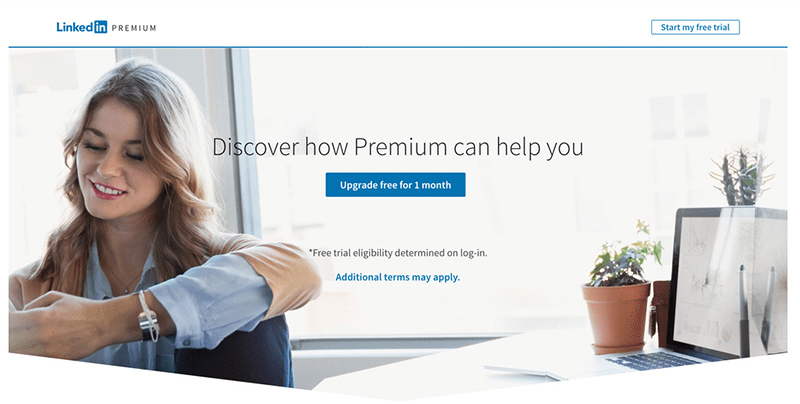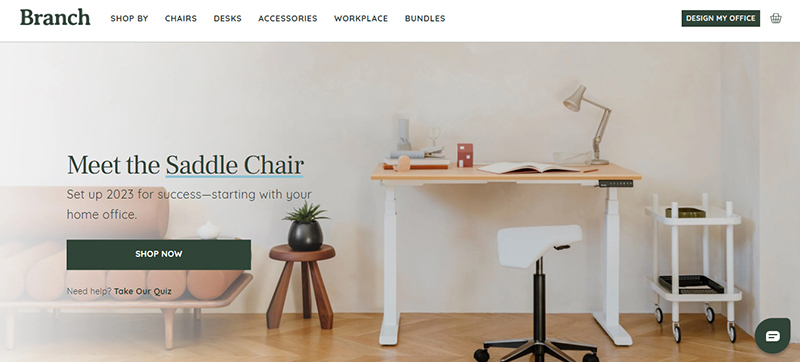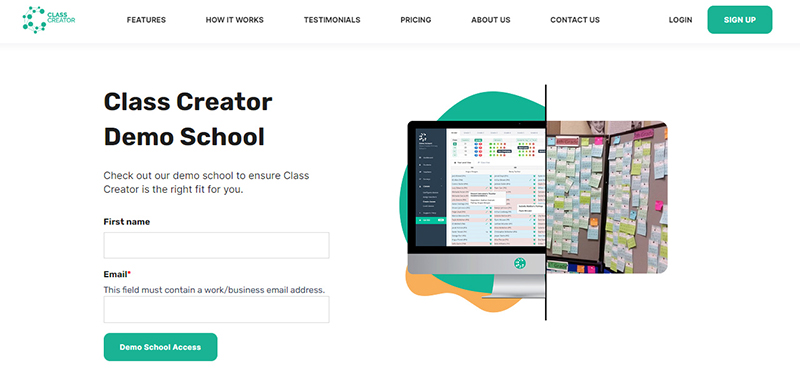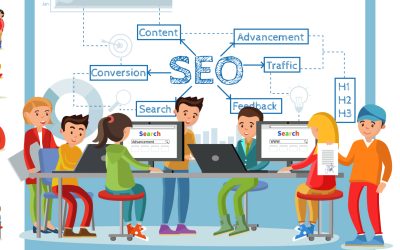Every business is on the lookout for effective ways to drive more conversions with organic marketing and paid advertising. In the competitive digital marketing space, the landing page plays a crucial role in increasing conversions. A landing page is an individual page created specifically for a marketing campaign. It is the designated web page that a user arrives at after clicking an online ad or search result link. Also known as lead capture page or destination page, the landing page is designed to generate leads or sales by making visitors to respond to a call-to-action (CTA). Creating a fully optimized landing page can help you drive conversions by getting more users to take the desired action. Businesses can partner with a search engine optimization company to design an effective landing page that can convert visitors into leads and sales.
What is a Landing Page?
The landing page is a website page with the specific objective of converting visitors into leads and sales. In fact, it is the first point of interaction between your company and potential customers. There are different types of landing pages but the intent is the same – generating more leads. These pages contain lead forms that ask visitors for their contact information in exchange for something of value, otherwise known as an offer.
Designing a Landing Page – Top Elements to Include
While landing pages are designed to increase conversions, there is no specific strategy that can produce guaranteed results. In fact, landing page design depends on a number of factors like the target audience group, brand strategy, conversion goals and more. As a starting point, it is important to do a good amount of research about what type of strategy and design elements that would best appeal to the target audience group. In addition, decide on the tone of the landing page and design strategies that would best reflect your brand strategy. Discussed below are key elements that all quality landing pages will include –
- Focused and Powerful Headline-Capturing the visitors’ attention with a strong, focused and compelling headline is an important aspect while designing a landing page. It is estimated that for every 10 people who visit a specific landing page of a website, at least 7 of them will bounce off. To reduce this pattern, website visitors need to clearly understand what’s in the page within seconds of arriving. In other words, the page headline should clearly and precisely communicate the value of a landing page and its offerings. It should be catchy and attract the reader by providing the required information using a few words. The main heading can be followed with a subheading offering more details or highlights regarding the uniqueness of the offerings. Relevancy is another important factor that should be considered when deciding a headline. The page heading should include relevant information conveyed when a user clicked the link and encourage them to continue reading the content.
- Striking Imagery-Eye-catching visuals are an essential part of digital marketing. Make the landing page live by adding eye-catching imagery and media that specifically targets the audience group. When choosing what images for the landing page, consider what is appropriate for target demographic and reflects their interests. Depending on your marketing goals and services/products, include photos, graphics, illustrations and videos that enhance the aesthetic appeal of the page. Video is a current media trend that can make a significant impact on landing page effectiveness. Reports suggest that in 2021, about 30 percent of the top landing pages featured video content. In fact, embedding relevant video content has been shown to increase conversions by nearly 86 percent. Options to include product demos, video testimonials, or videos that feature emotional cues and provide value to the viewer. In short, the video featured on a landing page should increase user engagement and improve chances of conversions.
- Create a Compelling Copy – When creating content for your landing page, make sure to choose words carefully. The content should be well-crafted, persuasive and actionable and guide visitors to complete the action they wanted to take. The content page should be in line with your brand’s tone. It should specifically address the target audience group and list the available products and services. If content writing isn’t your specialty, consider investing in content writing services offered by digital marketing experts. This will ensure quality content with the right keywords.
- Unique Selling Proposition(USP)-In today’s competitive digital landscape, consumers want to know whether they are choosing the best solution out there. This is the point where the concept of USP becomes significant. All of the copy on the landing page should reflect your USP. It is important to clearly define a point of differentiation with a unique selling proposition. Provide a clear and compelling description of your products and/or services and highlight the key points that make them special and set them apart from competition. A good USP communicated on your landing page in a concise but effective way of helping visitors to clearly understand why they should pay attention to your brand.
- Social Proof and Trust Indicators – When it comes to the products, services, and brand offerings, people have endless choices. Most people don’t buy a new product or avail a new service without checking reviews on Google. Reviews are the deciding factor that can make a user to take action or not. Including social proof on the landing pages will add credibility to your product/service and remove any doubt in the reader’s mind. Social proof can be in the form of testimonials and reviews, statistical evidences and trust badges or customer logos. Including the real-life experiences of people and companies can directly impact buying decisions. Including the contact details on the landing page is another way to establish credibility. As landing pages mostly feature information about a specific offer, visitors may be doubtful as to whether the offering is from the original company. Including your company address, phone number, and social links can help build trust.
- Call-to-action (CTA) – The design and placement of call-to-action (CTA) is an important consideration when it comes to conversions. A CTA button can be included as part of a lead generation form or featured as a standalone button on the landing page. It should be compelling, exciting and persuasive. CTA can be placed directly under an image or underneath the testimonial section. If the CTA is used as a button design, make sure to use bold and contrasting aspects to make it stand out from the rest of the page. In addition, use actionable words like “buy now”, “start my free trial”, or “download now”. On the other hand, if your CTA is a form, it is important to keep it short and simple.
The major goal of a digital marketing campaign is to attract traffic to a website with the intent of converting them into customers. A company with a website should have an effective landing page to motivate visitors to take a specific action. However, there is no guarantee that a particular landing page template will work effectively for every website. Professional website design services can help you create high-converting landing pages incorporate the elements described above.


